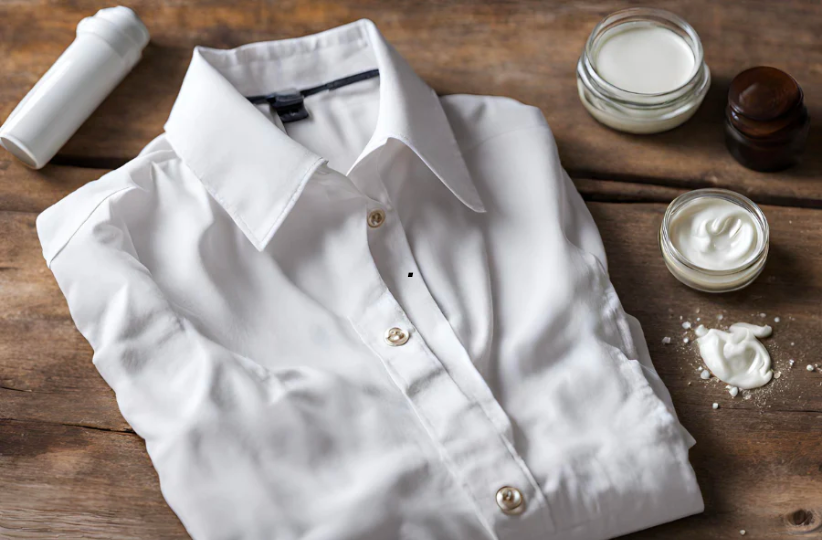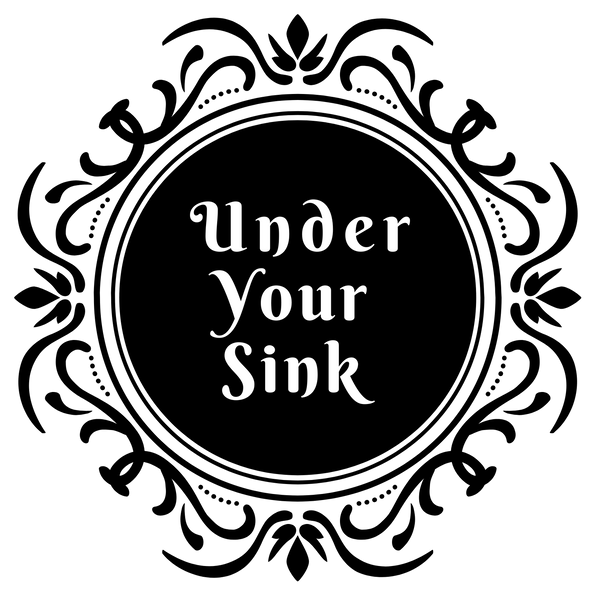
How to remove stains properly
Even the best of us have seen a stain or two in our lives – hands up if you have spilled a red?
Stains do not come in just one form, and you need the right product for the right stain. Make the wrong choice and you could set the stain forever rather than remove it.
It is no secret or earth-shattering news, that the quicker you get to a stain the better the result, but what do you need to do? Read this article and gain the knowledge to be a stain fighting warrior!
Know Your Stains
The appropriate solution will depend on the stain.
If you cannot identify a stain, the smell and location may give you an indication. Old oil stains may smell rancid but appear dry. Food stains are often on the front of garments; perspiration stains around collars and underarms; black grease is often on pants or skirts at car-door latch levels.
If you still have no luck working out what your stain is, start by using the least destructive method first.
1. Removing Enzymatic Stains (or Protein Stains)
Egg, vomit, blood and faeces are examples of Enzymatic Stains or Protein Stains, they are usually stains are caused by animal-based products or secretions.
It is especially important to rinse in cold water first, DO NOT use hot water or heat during the removal process. If heat is used it will cook the protein, causing coagulation between the fibres in the yarns of the fabric. The stain should be removed before drying the item or at worst case air-dry do not use a clothes dryer.
Next, spray the stain with an Enzyme based cleaner, which you can make yourself. We have some brewing here at Under Your Sink using the recipe from wikiHow. Another option is to use Digestive Tablets for gut health, as they contain the same enzymes that are used for cleaning. Break the capsules to get the powder and dilute in cold water, then add to a spray bottle ready to use as a protein stain remover.
If all else fails you can consider using an Oxybleach like Sodium Percarbonate or Hydrogen Peroxide, however they are most effective at temperatures > 40 degrees. As we must avoid heat on a protein stain, dilute a small amount of Percarbonate in boiling water first and then either let cool or add cold water to reduce the temperature before applying to stain.
2. Removing Oil Based Stains
Cooking oils, face creams, butter are examples. Stains that a predominantly caused by oil and are greasy.
This is when you need to up the heat and use soap or heavy-duty cleaners like Percarbonate and Washing Soda. But first you need to remove excess oil, blot the stain gently with a clean cloth and then sprinkle on some bicarb or corn starch.
Next, you will need some surfactant action as they help dissolve oil in water. Essentially this means going for the dish detergent like Dawn which is full of surfactants, however we want natural solutions which means using a wonderful invention called soap!
It is not recommended to rub your stain with a soap bar as it can spread and set the stain, just give it a spray with some warm soapy water or blot with a clean soapy cloth. You may wish to apply some cleaning paste before washing in warm/hot water.
For heavy-duty stains and if your garment can withstand some heat, soak in hot water (above 40 degrees) and a tablespoon of Sodium Percarbonate.
3. Removing Tannin Stains (or Oxidizable Stains)
Tannin is a chemical that naturally exists in tea and coffee as well as wine and other alcoholic beverages and is a natural vegetable dye found in bark and plants. Popular examples of tannin stains are coffee, tea, wine and soft drinks.
With Oxidisable stains the colour in the pigment of the stain is caused when molecules absorb light. Like in the case of red wine, the molecules absorb every colour except red, which it reflects and is what we see.
Hydrogen Peroxide or a natural Oxybleach (like Sodium Percarbonate) is your best bet to remove these types of stains. The main constituent of oxygen bleach is hydrogen peroxide which becomes the active oxidizing agent, which removes the stain by breaking down the coloured section of the chromophores.
You could make a spray, paste or even soak using Percarbonate and HOT water. Check out the recipe hub for some stain removal options using Percarbonate.
You could dab your stain with some Hydrogen Peroxide on a cotton bud, and then wash in the hottest water your fabric will withstand (check the clothing label if you are unsure). A 3% Hydrogen Peroxide solution is fine and is easy to get at most Chemists or even the supermarket
4. Removing Particulate Stains
Particulate stains are usually mud, soil and dirt and simply need a good DIY laundry powder and heavy wash.
Ingredients like Washing Soda, Borax, Bicarb will provide the alkalinity needed to remove dirt particles so you could make a paste to apply to stain before washing. Just be careful on coloured items as it could also affect the dye and leave a light patch - always test first if you can.
5. Combination Stains
Unfortunately, not all stains fit into one category only – sometimes it can be one or more so what do you do then?
Ever has a Cappuccino drip down the front of your shirt? This is a mixture of stains, the coffee is a Tannin Stain, the milk a protein stain and sugar a particle stain.
In this case, use the solution for the biggest portion of the stain, in this case it would be the coffee and using an Oxybleach or Hydrogen Peroxide.
 This graphic provided by Compound Interest is a perfect summary of how to tackle stains.
This graphic provided by Compound Interest is a perfect summary of how to tackle stains.
Even though you have some great holistic knowledge about handing stains, try not to get one! There unfortunately is no guaranteed stain removal technique or product and once a stain set it, they do claim Squatter’s Rights. Always try to tackle a stain as soon as it happens for the best chance of removing it.
